Popular Food Hacks You Should Never Try
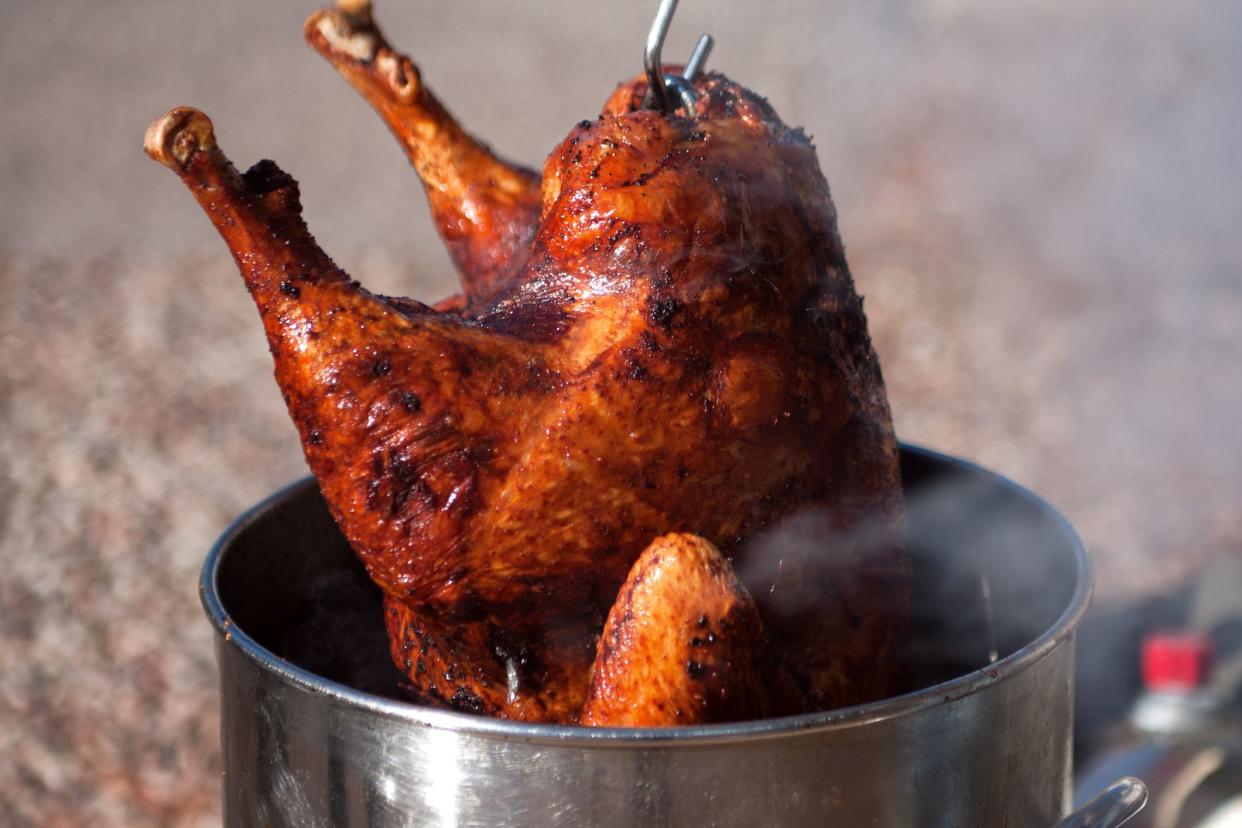
Do Not Try at Home
The internet is full of inventive cooking ideas. From innovative products to hacks that save you time in the kitchen, you can learn tons of handy tips. But don’t take everything you see on the internet at face value. These 12 food hacks may seem genius at first glance, but they can be quite dangerous.
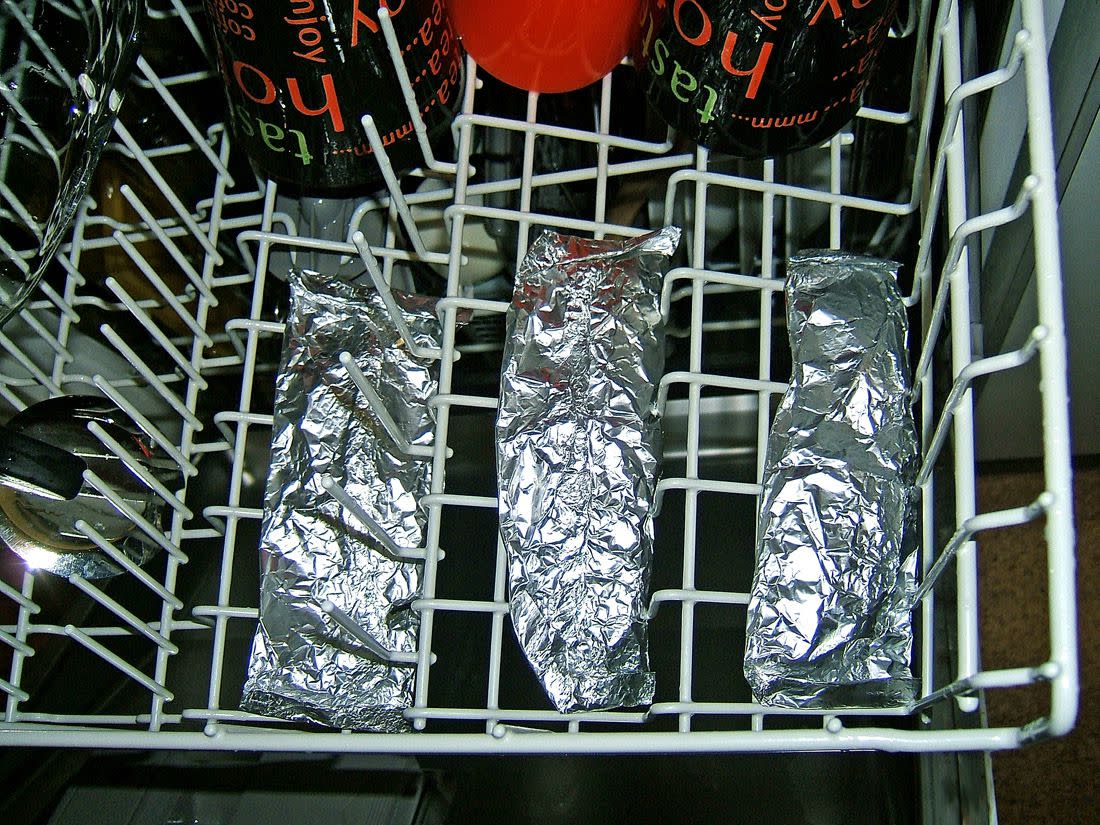
1. Cooking Salmon in a Dishwasher
In 2005, Food Network chef Bob Blumer created a recipe for “Dishwasher Salmon.” The recipe calls for the salmon to be wrapped in foil packets and then placed on the top rack of the dishwasher. Blumer instructs readers to run the dishwasher for the entire “normal” cycle to cook the salmon.
Dishwashers aren’t created to report the specific, accurate temperatures that are needed when cooking food and they may not get hot enough to kill dangerous pathogens such as Salmonella, says Consumer Reports. They are also full of germs, so it’s possible for food residue — not to mention detergent — to get into a dish that you’re cooking in a dishwasher. Need more reason to stay away from this hack? Today tried it but found the fish was undercooked after a two-hour cycle.
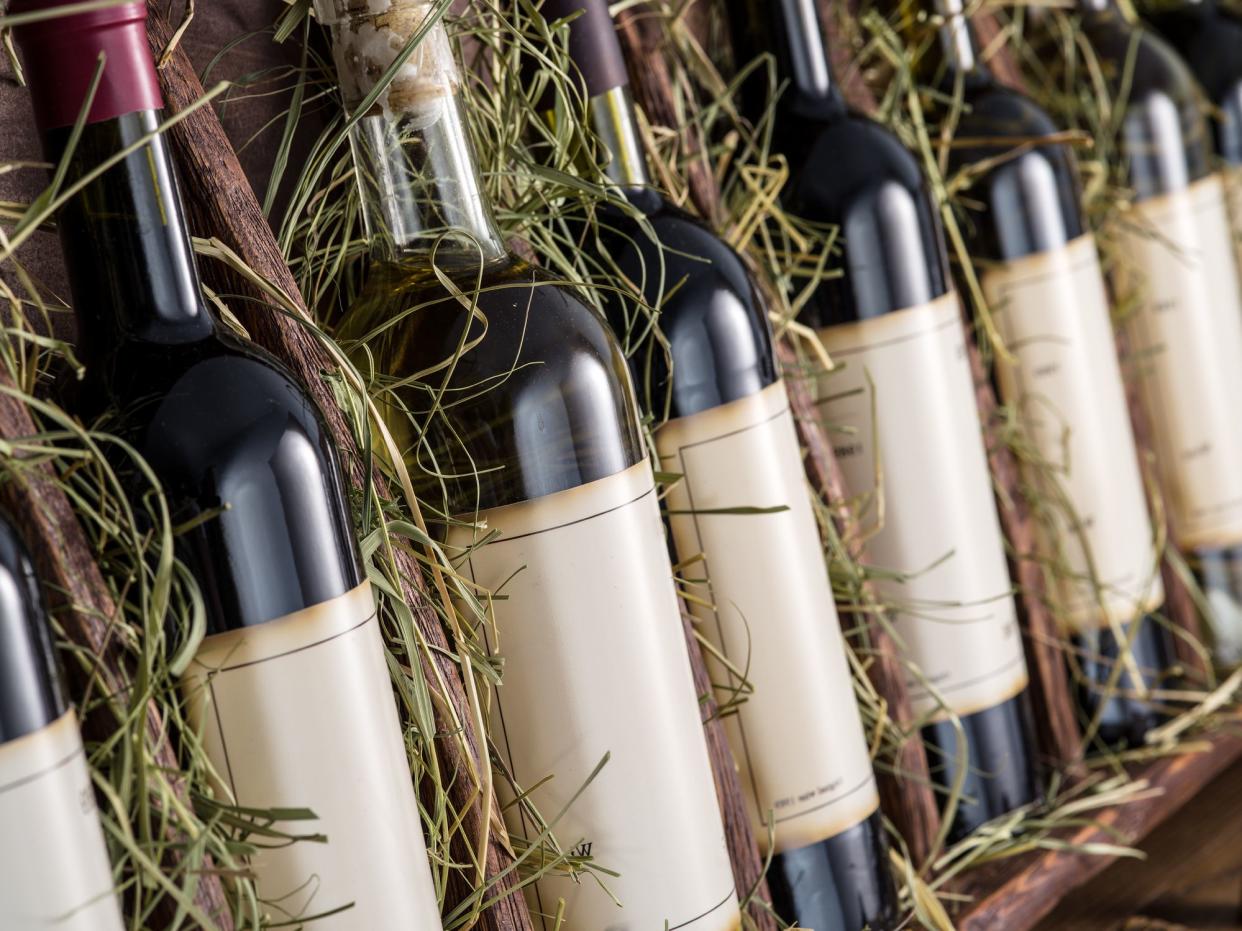
2. Using a Blow Torch to Open a Bottle of Wine
The idea of “blow torch wine” has been all over the internet, and there are even handy videos demonstrating the technique. Presented as a solution when you don’t have a corkscrew handy — but just happen to have a blow torch on hand — the idea is to heat up the air in the bottle’s neck just below the cork, pushing the cork out of the bottle.
The problem is that this technique doesn’t always go so smoothly, as demonstrated by a man who tried it with explosive results. The bottle exploded, sending glass flying. While the man appeared unharmed, this hack isn’t worth the risk.
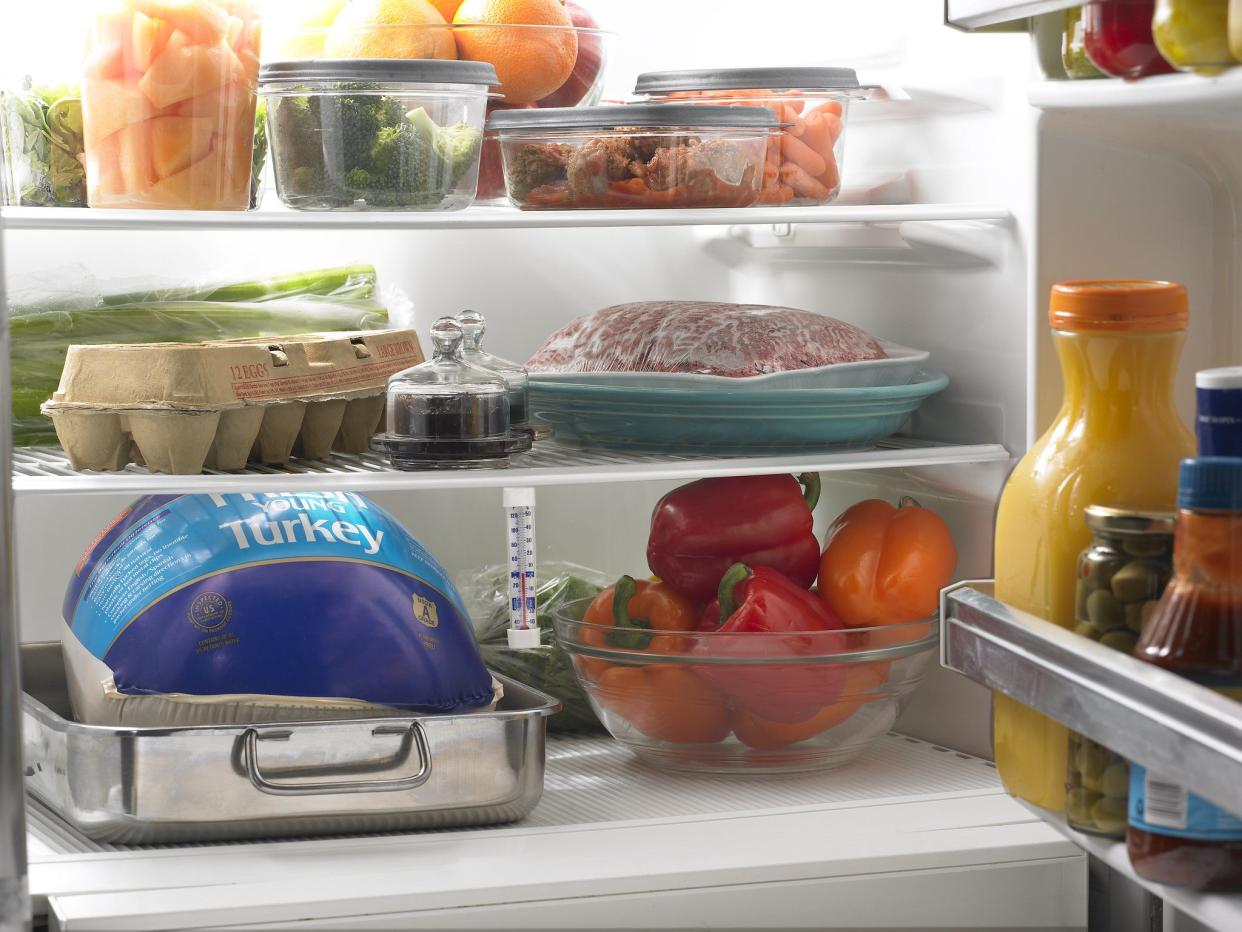
3. Defrosting Meat With a Hair Dryer
Defrosting meat can be inconvenient, especially if you haven’t budgeted enough time before you want to prepare a meal with it. While it’s natural to want to speed up the process, using a hair dryer to defrost the meat, an idea that’s been circulating the internet for years, is a bad idea.
According to the USDA, speeding up the thawing process with heat, like a hair dryer or hot water, can lead to foodborne illness. Bacteria begin to multiply in temperatures warmer than 40 degrees Fahrenheit, and that can make you and others sick. The USDA notes that the only approved methods to thaw or work with frozen meat are refrigerator thawing, cold water thawing, microwave thawing, or cooking without thawing.
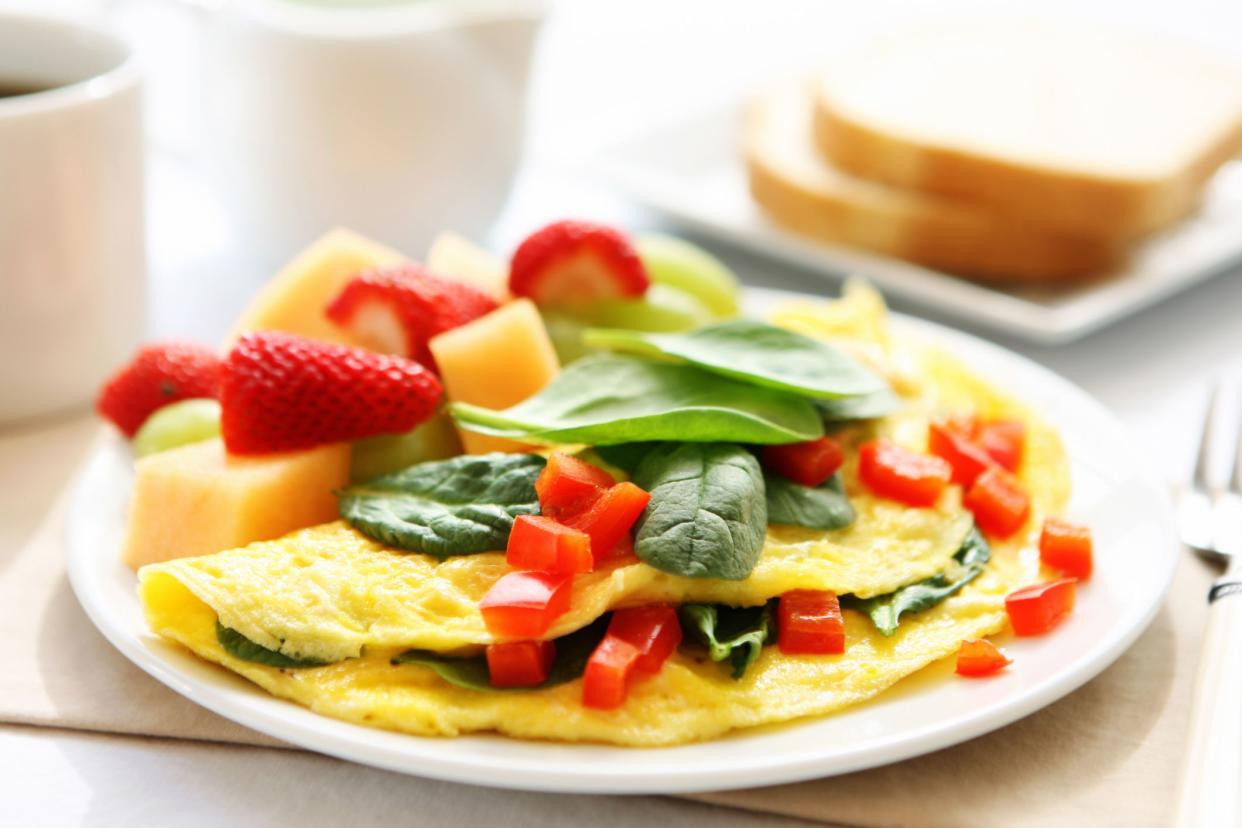
4. Cooking an Omelet in a Bag
The internet is littered with recipes, videos, and social media posts of people cooking eggs in resealable plastic bags, but it’s a trend to skip. The hack involves pouring eggs and other ingredients into a Ziploc bag, and submerging it in boiling water to cook an omelet.
The Egg Farmers of Ontario warn that this cooking technique isn’t safe. Ziploc bags aren’t intended to be heated to boiling temperatures, and since plastic has a lower softening point than boiling water, the plastic could begin to melt. You might also end up with chemicals from the plastic in the omelet.
For more helpful food advice and money-saving tips, please sign up for our free newsletters.

5. Microwaving Baby Milk
Microwaves are handy appliances that allow you to quickly heat up foods and beverages. While microwaves have been touted as a handy solution to heating up baby milk, this hack is considered unsafe.
The FDA explains that microwaves heat milk and formula unevenly, leaving behind hot spots that could scald a baby’s mouth and throat. Placing a bottle under hot, running tap water or putting it into a pan of water that you’ve heated on the stove are still the safest methods.

6. Popping Popcorn in a Soda Can
Ms Yeah, one of China’s most popular food YouTubers, posted a video of her cooking popcorn using a soda can. She cut the can open to use it as a cooking vessel, placed it over an alcohol lamp, and heated the bottom of the can, popping the popcorn. The video has since been taken down.
This hack turned tragic when two girls, aged 12 and 14, attempted it in their home. The alcohol exploded, ultimately leading to the death of the 14-year-old due to her injuries and leaving the 12-year-old severely burned and in need of reconstructive surgery.
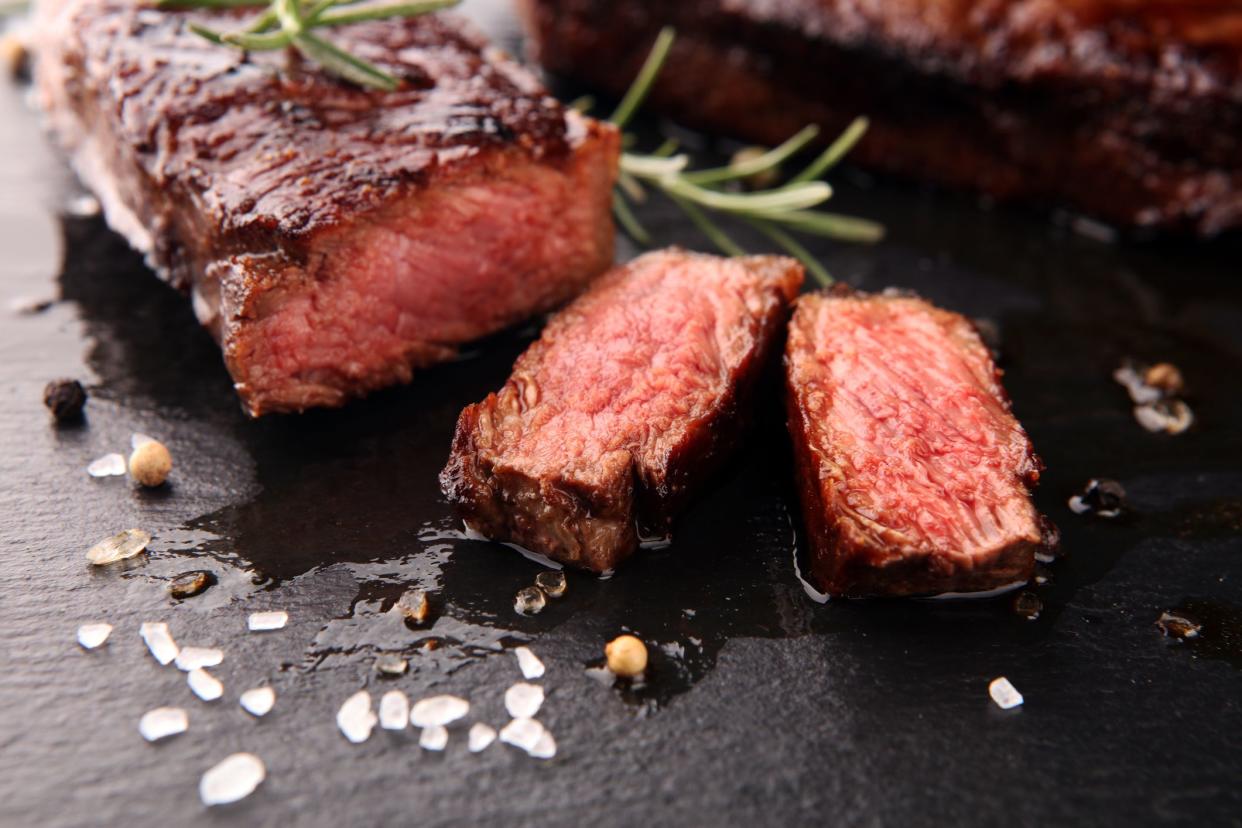
7. Toaster Cooking
Toaster cooking became a popular hack in 2020 when TikTok user @itsmeju1iette uploaded a video of using a toaster to cook steak. Since then, people have used toasters to cook other items, like grilled cheese and breaded fish filets.
The London Fire Brigade explains that this trend is dangerous and could cause a house fire. In honor of Electrical Safety Week, the brigade encouraged followers to “only use electrical products for their designated use. Don’t cook steaks in a toaster.”
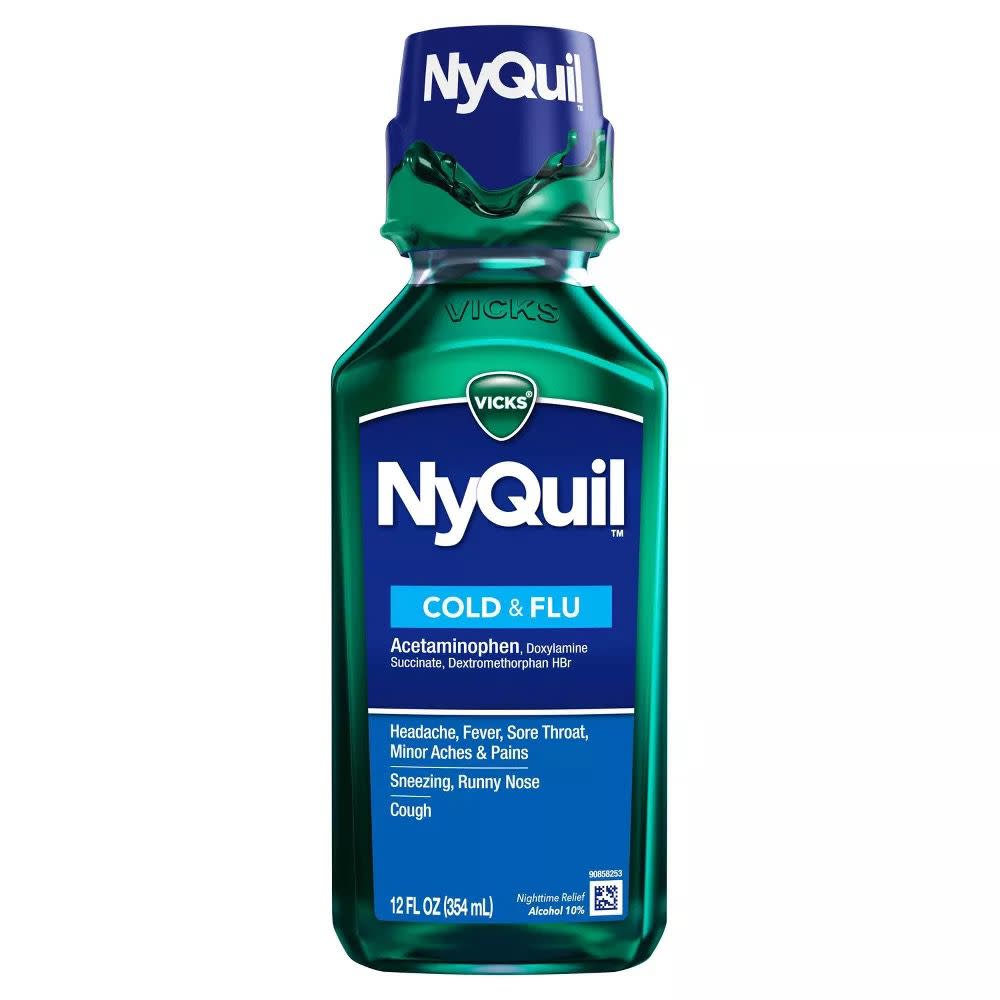
8. NyQuil Chicken
The Nyquil chicken trend began in 2017 on Twitter. Some posters claimed that eating the chicken would help when you were sick, and the chicken gradually became a viral challenge.
That challenge was so dangerous that the U.S. Food and Drug Administration (FDA) released a statement warning against the challenge. The FDA cautioned that boiling a medication makes it more concentrated and changes its properties. It’s possible that inhaling the vapors of the medication during the cooking process could hurt your lungs and bring large amounts of the medication into your body.

9. Cooler Corn
The cooler corn hack might be tempting to anyone preparing for a large group of people. The hack uses a large cooler that is filled with shucked ears of corn. Then, boiling water is poured over the corn and the cooler is closed and left to cook for 30 minutes. It’s a seemingly efficient way to prepare large amounts of corn.
Herve Malivert, Director of Culinary Affairs at the Institute of Culinary Education, however, warned Today that the method wasn’t safe. Plastic coolers can start to degrade over time when exposed to those high temperatures, and since the plastic can be easily scratched, foodborne pathogens might grow within the cooler. Additionally, leaving boiling water to sit will result in a temperature drop below 136 degrees Fahrenheit, reaching a dangerous range where bacteria quickly starts to multiply.

10. Mini Eggs
The mini eggs hack got its start on TikTok, but soon many people were posting their own videos of this hack. The idea is to freeze whole eggs, peel them, and slice them into mini egg discs. Once fried, the discs are bite-sized eggs that make breakfast extra fun for kids.
The problem is that freezing eggs in their shells is dangerous. When you freeze eggs in their shells, the liquid expands and the shells can crack. That cracking can lead to spoilage and increase the risk of the eggs being contaminated with bacteria. According to the FDA, eggs shouldn’t be frozen in their shells. Instead, you should beat the yolks and whites together and freeze the mixture, or freeze egg whites by themselves.
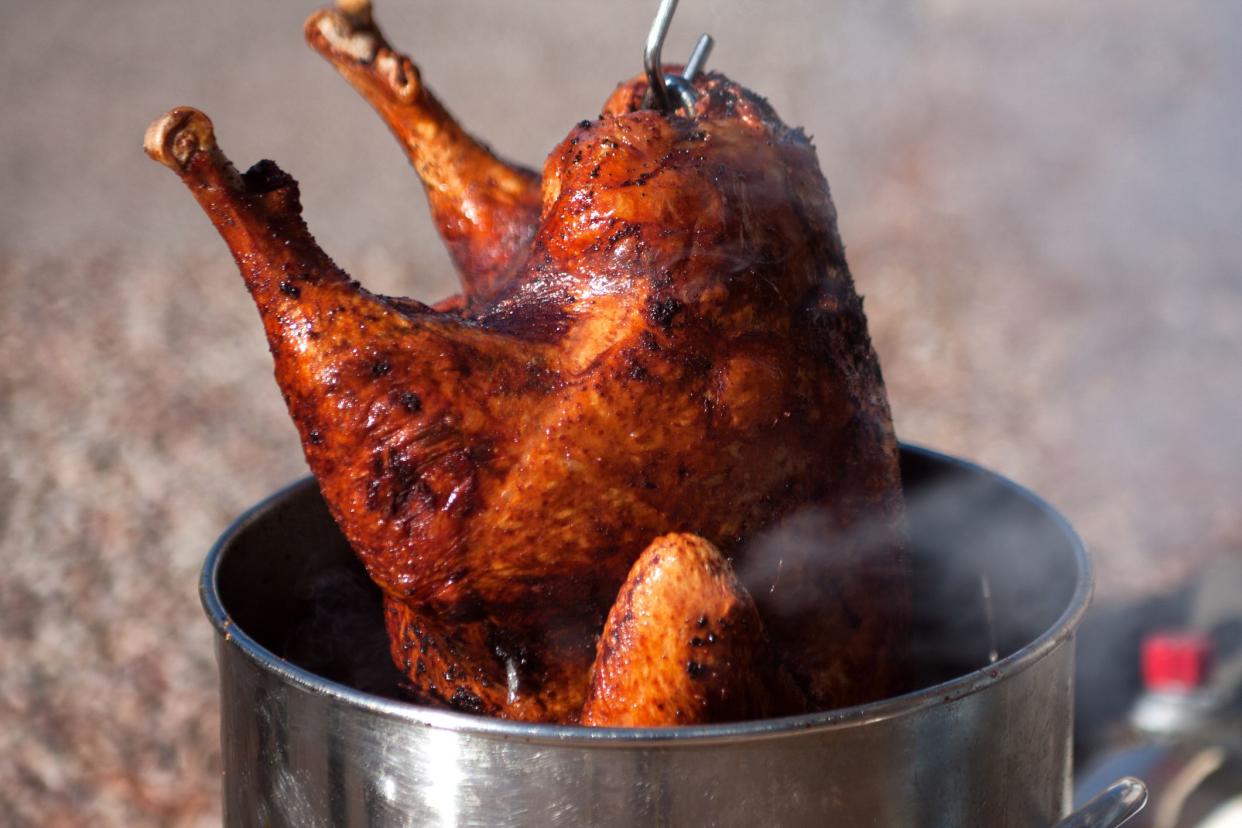
11. Deep Frying a Turkey
The deep-fried turkey technique first gained popularity in the South, where frying is a culinary staple for many dishes. Over time, the trend began to gain traction all over the country, especially around Thanksgiving when people would seek to bring a fresh twist to traditional holiday meals.
The technique involves immersing a whole turkey in searing hot oil (commonly in a propane fryer) to achieve that golden, crispy skin and moist, tender meat. However, from homes being set on fire to gnarly burns, videos of deep-fried turkeys gone wrong are abundant on social media. If you're still adamant on trying the hack, be sure to set up your deep fryer outdoors to prevent potential fire hazards and burns.
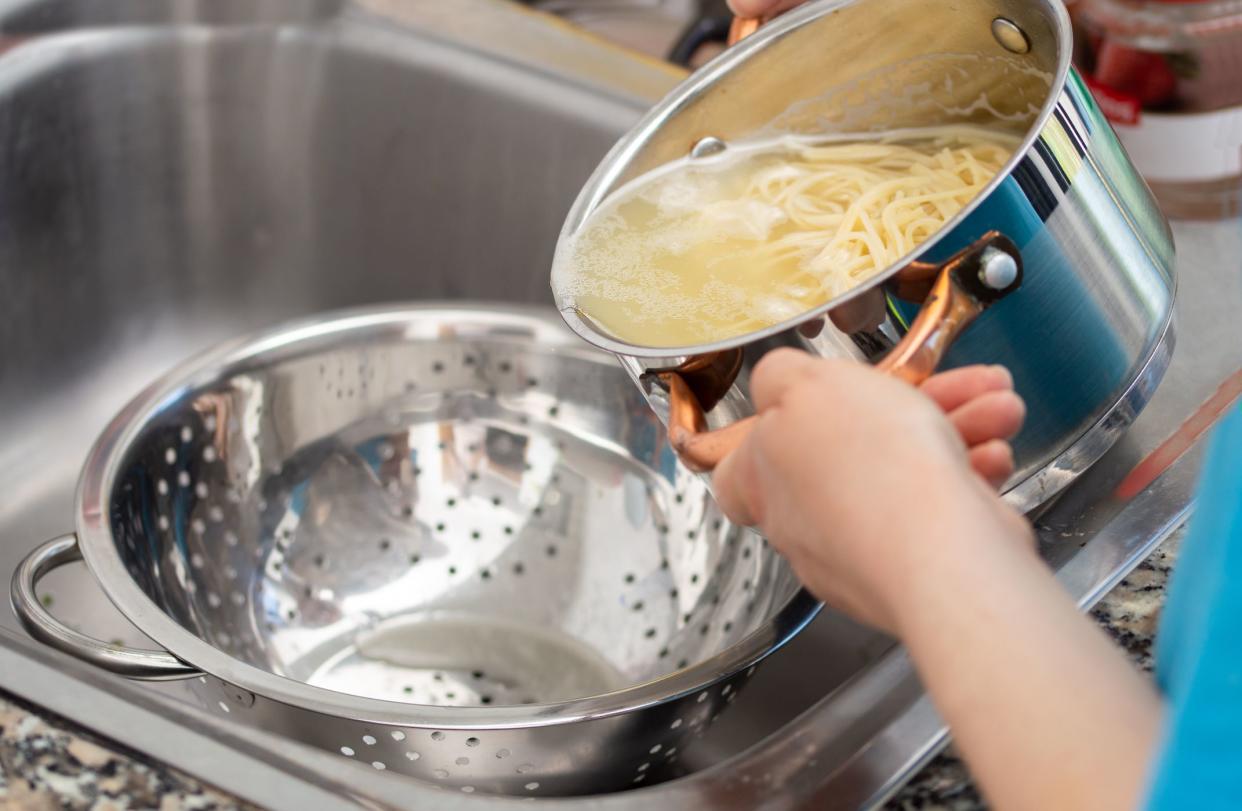
12. Placing Colander Inside Pot to Drain Pasta
For pasta enthusiasts, this seemingly hassle-free method of draining a hefty pot of boiling pasta water swiftly took the internet by storm. The viral hack instructed users to place a colander inside the pot and then flipping the entire assembly upside down to let the water drain out.
While clever in theory, subsequent attempts by home cooks revealed its pitfalls. Not only did this method pose a greater risk of burns from hot water splashes, but the potential for dropping both the pasta and pot also increased. Instead, stick to the traditional way of pouring your cooked pasta into a separate colander and call it a day — you'll minimize the risk of burns and spillage.
This article was originally published on Cheapism

More From Cheapism
Like Cheapism's content? Be sure to follow us.






